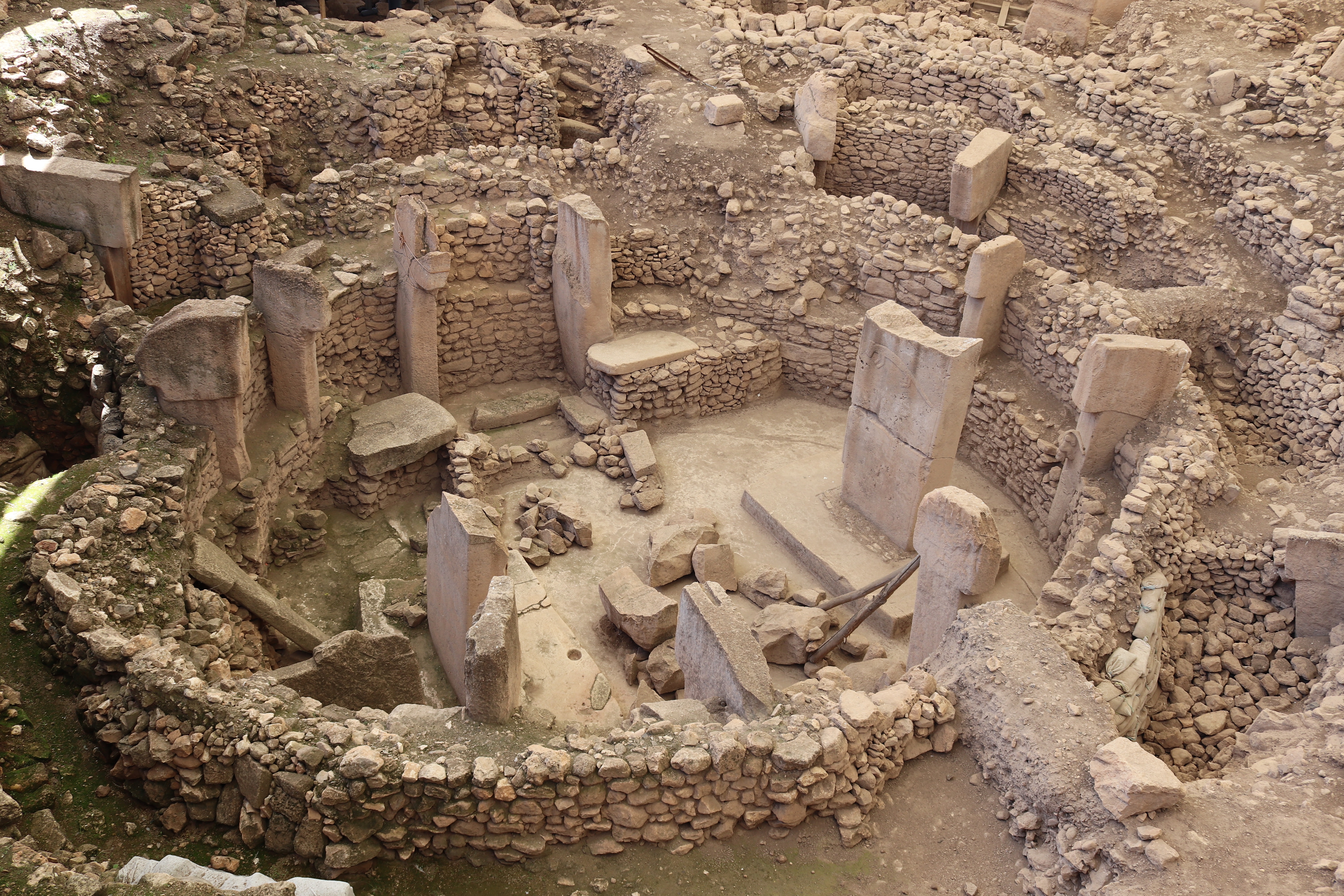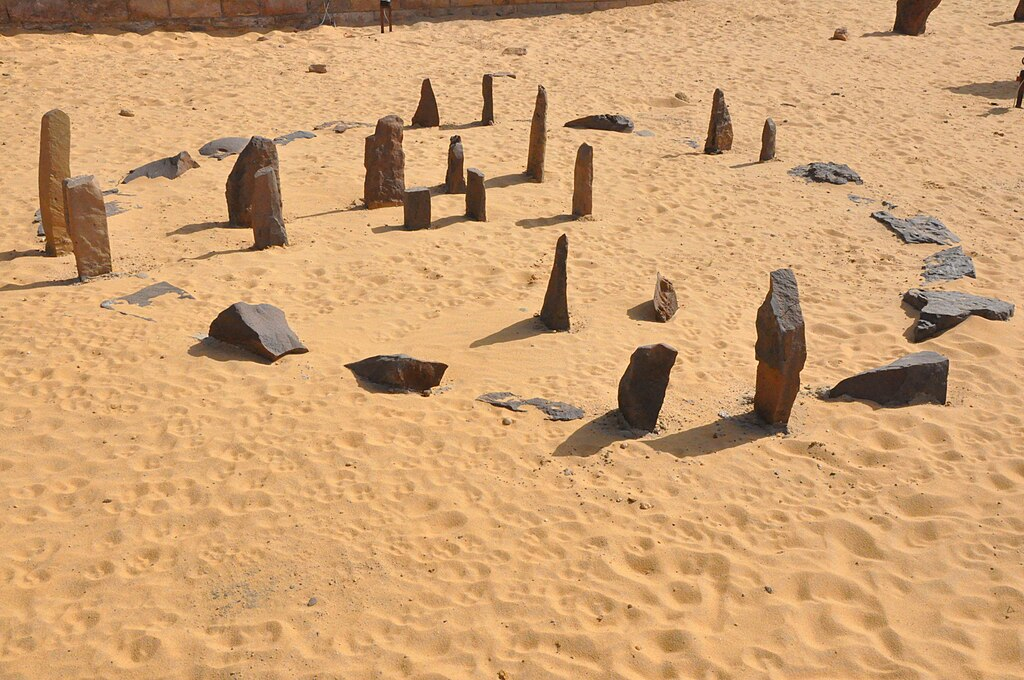Megaliths, those large stone structures that point to the heavens or form larger gravity-defying arrangements, have been a source of speculation and mystery for generations of people. And while you may be able to think of one or two famous examples, such as Stonehenge, they are surprisingly common across the world. In fact, there are estimated to be at least 35,000 just in Europe. But which of these incredible and mysterious stone monuments can boast being the oldest of them all?
This may sound like a simple question, but it is extremely hard to answer. On the one hand, it is difficult to accurately date ancient structures, and on the other, new discoveries are constantly being made.
Before we dive into discussing some of the oldest currently known examples from across the world, it is worth explaining what we know about megaliths as a form of prehistoric architecture.
What is a megalith?
Megaliths are essentially large stone erections (stop it) that were created by ancient people as monuments, tombs, or other structures. The name itself is derived from the Ancient Greek words “mega”, meaning great or large, and “lithos”, meaning stone.
Despite their ancient origins, the formal study of these stone constructions did not start in earnest until the second half of the 19th century. However, this was by no means an exact science. There was neither a standardized definition for how big or heavy these stones had to be to qualify as “megaliths”, and their typology was more restricted than it is today.
Having said that, as Luc Laporte and colleagues state in their book Megaliths of the World, “[a]lthough the term ‘megalith’ is familiar to everyone, it is not construed in the same way by researchers (or the public) in different places”, even now.
For a long time, megaliths were thought to come in two types – standing stones (what are called menhirs), like those seen across the British Isles, Carnac in France, Doring in Tibet, or those of al-Tihamah in Yemen. These are some of the most recognizable megaliths in the world, but their exact purpose and social meaning remains inconclusive in many instances, despite the number of hypotheses, suggestions, and sheer guesswork out there.
The second type were tombs and funerary chambers, known as dolmens. These structures tended to be circular or polygonal in shape, and usually from large stone blocks. Some were covered with earth while others were surrounded by stones to form a tumulus. Usually, these spaces had a stone slab that could be moved to seal them shut.
As time went by, the category of “megalith” was expanded to include other forms of ancient stone architecture from across the world, such as the sculptures of Easter Island, which are neither menhirs nor dolmens.
So what are some of the oldest megalithic sites from across the world?
Göbekli Tepe
The winner of this category is, hands down, Göbekli Tepe, what some believe to be the oldest known temple in the world (though this is just one possibility) that is situated in modern Turkey. The complex was built around 11,500 years ago in what was Upper Mesopotamia and involves several circular structures containing massive T-shaped pillars. Some of these pillars have been decorated with intricate carvings.

Göbekli Tepe, in modern Turkey, is believed by some to be the oldest known temple in the world.
Image Credit: omurbilgili/Shutterstock.com
During a recent study, researchers concluded that this incredible site was not just a set of oddly placed structures but was designed as a complex with specific underlying geometric patterns. This means it was built before the rise of agriculture, which means the people living around it were still hunter-gatherers. It would be thousands of years before other complex forms of architecture appeared.
Of course, this has generated significant speculation among archaeologists and others – some more outlandish than others – to try to account for this oddity. Some argue it is evidence of some long lost highly advanced civilization or alien influence because they believe ancient people could not organize themselves to create such incredible and complex structures.
However, archaeologists have provided ample explanations for how hunter-gatherers could still create these megaliths. It simply requires us to stop thinking simple living equaled simplistic, primitive thinking.
Nabta Playa
As with the stone structures that make up Stonehenge in England, today, many megaliths from across the world were likely designed as tools for tracking time and the passing of seasons. These celestial clocks were significant for tracing the movement of stars or measuring the sun’s location during the annual summer and winter solstices, or the spring and fall equinox.
Most of the European megaliths designed for this purpose were built between 6,500 and 4,400 years ago (Stonehenge is about 5,000 years old), but they may not have been the first of their kind.
Nabta Playa, located in North Africa (around 700 miles south of Giza, Egypt), is currently one of the oldest known stone circles in the world. According to one interpretation, it could be the oldest astronomical observatory too, though that is debated (the stones may also be stele, part of a symbolic necropolis).

A reconstruction of the Nabta Playa stone circle by the Aswan Nubia Museum.
The site was likely built over 7,000 years ago by the Ru’at El Baquar, nomadic cattle cult worshippers who are thought to have used it to trace the sun’s movement and to predict the arrival of monsoons (the desert location where the stones stand was, at the time, a lush environment that became a lake during the wet season).
It was first identified by researchers in the 1970s who were taking part in a UNESCO-funded initiative to help identify and relocate ancient structures that may have been at risk of damage from the development of a dam.
Since its discovery, archaeologists have found hundreds of hearths, cultural artifacts, and cattle bones dated to the mid-Neolithic period, suggesting that the nomadic peoples visited Nabta Playa at specific points of the year.
Megaliths of Peru
Megaliths can also be found on the other side of the planet. Centuries before the pyramids appeared in Egypt, and around the same time that Stonehenge was being erected (I mean it, stop), hunter-gatherers in what is modern Peru were creating their own megaliths.
At one site in the Peruvian Andes, called Callacpuma, ancient people created an 18-meter (around 60-foot) structure, consisting of concentric walls of large, free-standing megalithic stones. They are currently estimated to be around 4,750 years old and probably one of the oldest circular plazas in the area.
As with the examples mentioned above, these stones were erected (stop it), centuries before the advent of agriculture and before the development of ceramics.
The current hypothesis is that this site probably had ceremonial significance and was used, at least periodically, as a ritual space from around 1800 BCE-900 BCE and again between 900-200 BCE.
To be sure, there are many more fascinating examples of megalithic structures from various other parts of the world, each with their own unique stories and meanings for the regions they inhabit. However, the examples discussed here show that the history of megaliths is not particular to any individual people or culture, but rather an expression of humanity’s deeper history.
As more examples of this type of architecture continue to emerge, it is certain our understanding of their significance will develop with them.
All “explainer” articles are confirmed by fact checkers to be correct at time of publishing. Text, images, and links may be edited, removed, or added to at a later date to keep information current.
Source Link: What Are Some Of The World's Oldest Megalithic Structures?